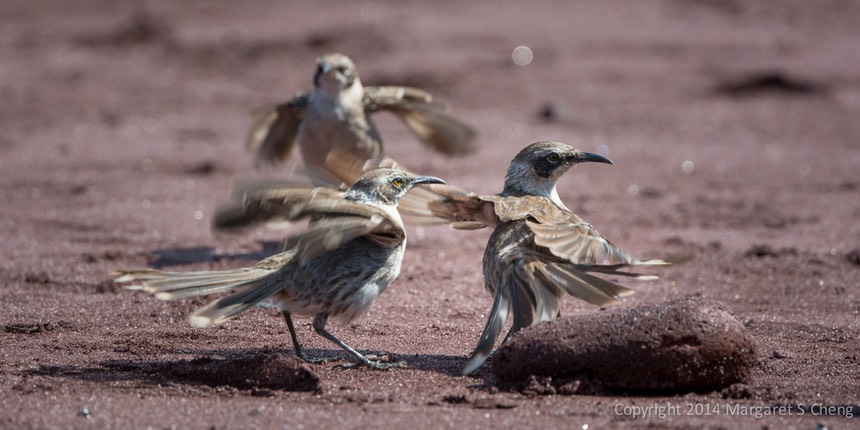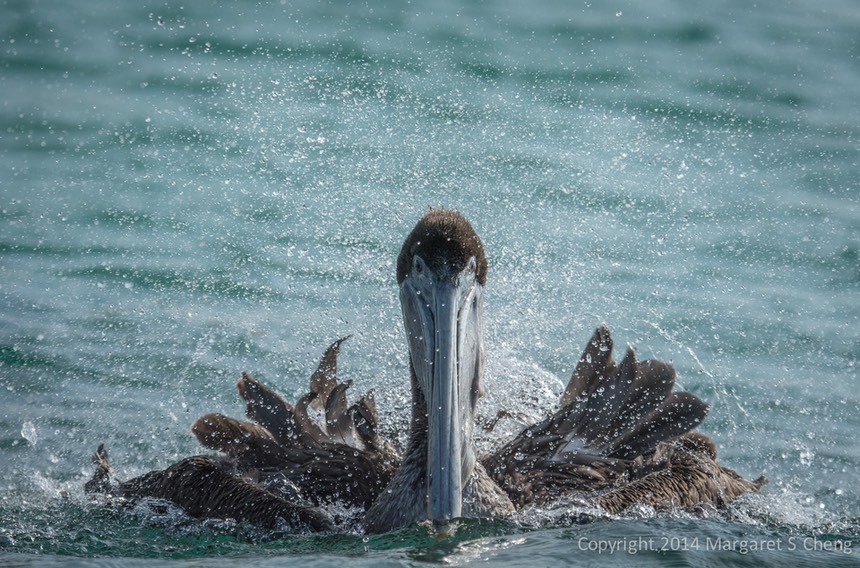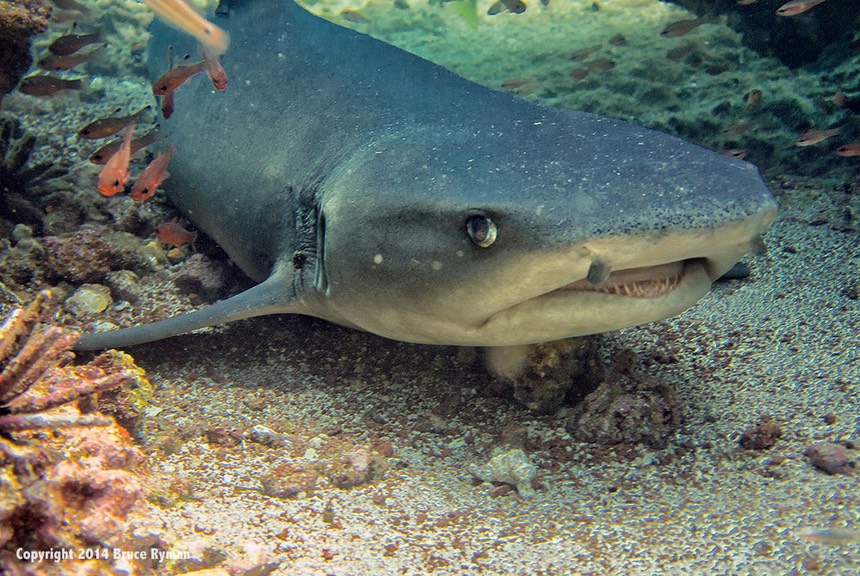After another choppy night on the water as we moved through a storm system (it’s the end of the wet season here), we arrived at yet another of the Galapagos’ unique features: a red sand beach at Rabida.


So why’s the beach red? It has to do with the metallic content of the volcanic activity. If you were able to visit all the beaches in the Galapagos you’d find white, black, green, and red sand. Each of those variations is due to the metal and mineral contents in the lava that formed the island.
As we beached, we were met by a sea lion pup and some oystercatchers.

We also had some feisty mockingbirds that were flitting all about us:




Unfortunately, those were pretty much the highlights of the walk, as we only saw lava lizards and a few repeats of smaller birds we’d photographed before. Plus a lot of cactus and rocks. Nevertheless, it’s always good to stretch the legs, and the beach itself is a bit of an attraction.




Jari did manage to find an upside down marine iguana nibbling on some algae revealed by low tide, but the lizard didn’t hang on for long:


As usual, we did some snorkeling. I’m not so great at identifying fish, so I’ll just say we saw some new ones plus an old friend.




Perhaps as a reward for a not-too-dramatic morning, as we pulled away from the beach we were met by a huge pod of dolphins, which spent a few minutes riding our bow waves and jumping alongside us as we headed to our next destination.
We spent the late afternoon paddling through the mangroves at Black Turtle Cove on the North side of Santa Cruz.





Besides the pelicans dive bombing for fish at the entrance to the cove, we had a wealth of sightings once inside the calm waters of the labyrinth. First up were baby Black Tipped Sharks.

Next was a Lava Heron fishing in nice light.


This was followed by a few sea turtle heads popping up. But the big thrill was seeing a school of Golden Spotted Rays as we were coming out of the cove at sunset. Really tough to photograph, but a real joy to watch as they gently navigated around our two pangas to head out to sea. Which of course, we did ourselves just as soon as the last rays of the day were gone.

Landings: Rabida is a wet landing, generally very calm, but with a fast drop off that can be tricky in rough water; Black Turtle Cove is a panga-only ride into very calm waters, though visibility in the water can be impaired at some times of the year
New Significant Sightings: Oystercatcher, Dolphins, Golden Spotted Rays
